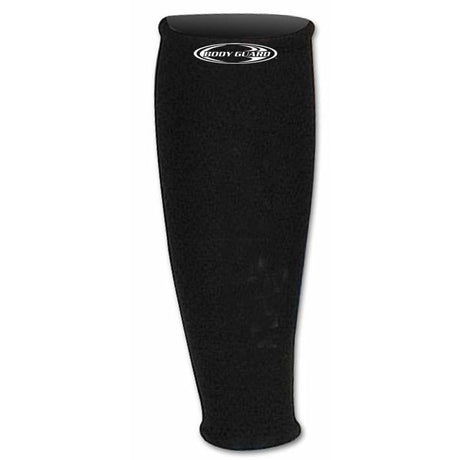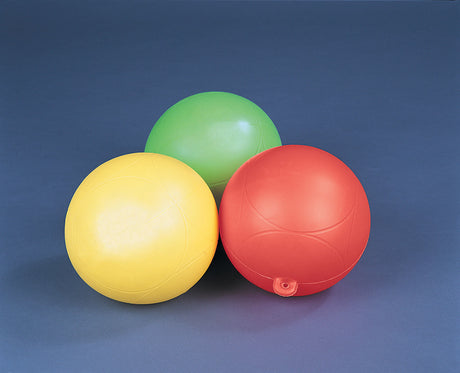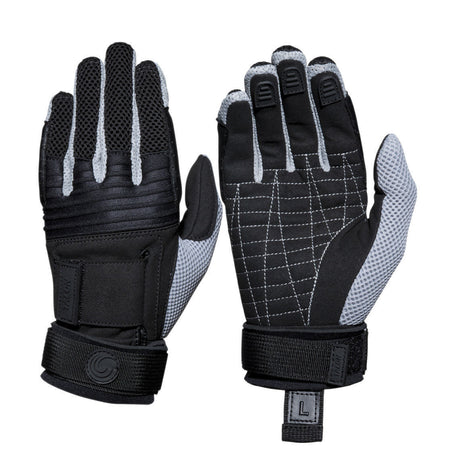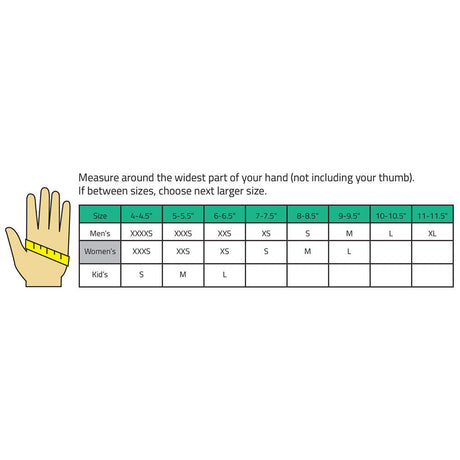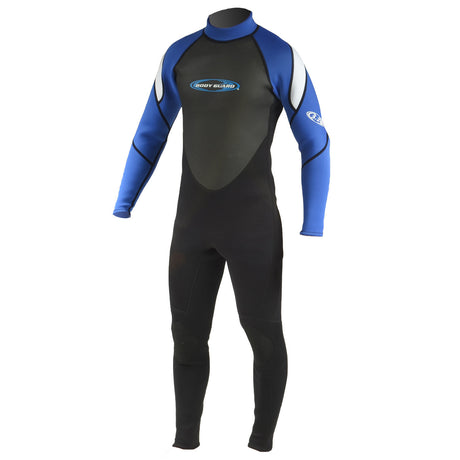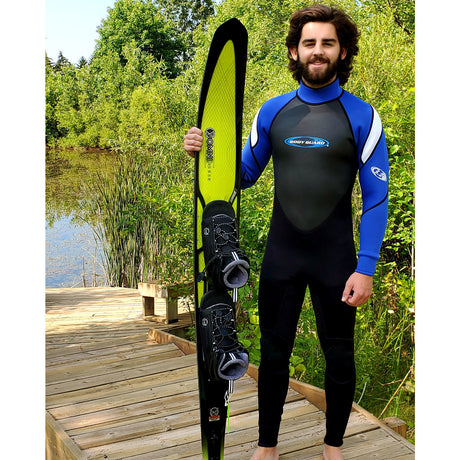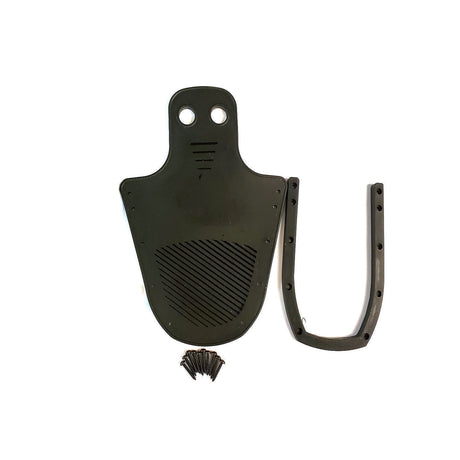Water skiing comes in two flavors: Combo skis, and slalom (single) skis. New riders often ask: Which is better? Which one should you start with? Is there any physical difference between a single ski from a combo set, and a slalom ski?
Let's break down what each type of ski is, then we'll answer all those questions.
What are Combo Skis?

Pictured: Connelly Eclypse Combo Skis
Combo skis are, as the name implies, a combination of two water skis. One ski's attached to each of the rider's feet. Each foot is mounted to the board with something called a ski binding. Combo ski bindings look like boots, but they may have open toes or special laces. Each binding is mounted to the center of each ski, ensuring the rider has a good center of gravity.
What are Slalom Skis?
Pictured: O'Brien Pro Tour Slalom Ski
Slalom skis are single skis that the rider controls with both feet. Slalom skis have two bindings -- one for the front foot, and one for the rear foot. The front binding on a slalom ski also looks like a boot. The rear binding can take the form of a sandal-like mount (called a rear toe plate) or low-cut, open-toe shoe (called a hybrid rear toe), or the rider can opt for a second boot for more stability.
Differences Between Slalom and Combo Skis
Beyond bindings and the fact the rider only uses a single ski when slalom riding, there are plenty of other key differences in both skis' construction and design that make each perform differently.
Combo Skis Are Wider and Longer
You'd think that combo skis would be individually smaller than a slalom ski, since together they provide more "total ski" than any slalom ski. But the opposite is true: Combo skis are made to provide more stability and lift at low speeds, and this is accomplished by increasing the surface area of each ski.
Slalom Skis are More Responsive, and Agile
Because slalom skis are thinner and narrower, they're inherently less stable and require more speed to ride confidently. But the tradeoff is that they're far more responsive in the water, allowing the rider to make sharper turns with overall better control.
Combo Skis Are for Beginners and Casual Riders
Combo skis are designed for beginner riders, prioritizing stability and low-speed comfort over high-speed performance. Slalom skis are designed for advanced riders who want to carve, run through obstacles, and cut through the water at high speed.
Getting Started Might Be Easier with a Slalom Ski
Although combo skis are made for beginners, getting started in the water may actually be easier with a slalom ski. This is because the rider only has to contend with orienting and controlling a single ski as they start accelerating in the water. The rider also benefits from using both legs and feet to control a single ski.
That last bit might bring an important question to mind.
"Can I use a single combo ski for slalom?"
Yes! Nearly all combo skis have a second binding for the rear foot attached to one of the two skis. This allows combo riders to ditch one ski and ride slalom with the remaining ski.
This is why combo skis are the better choice for first-time water skiers: They can act as both a combo set, and a beginner-friendly slalom setup. The longer and larger profile of the combo ski provides a more stable platform for learning to ride single, before investing in a dedicated, high-performance slalom ski.
"Are water ski ropes specific to slalom or combo?"
No. Water ski ropes and handles are more specific to the type of riding you'll do: Recreational, or competitive. Read our guide comparing water ski ropes to learn more.
Ready to start skiing? Check out our combo ski sets or, if you're confident, dive right into advanced riding with our slalom ski options.



